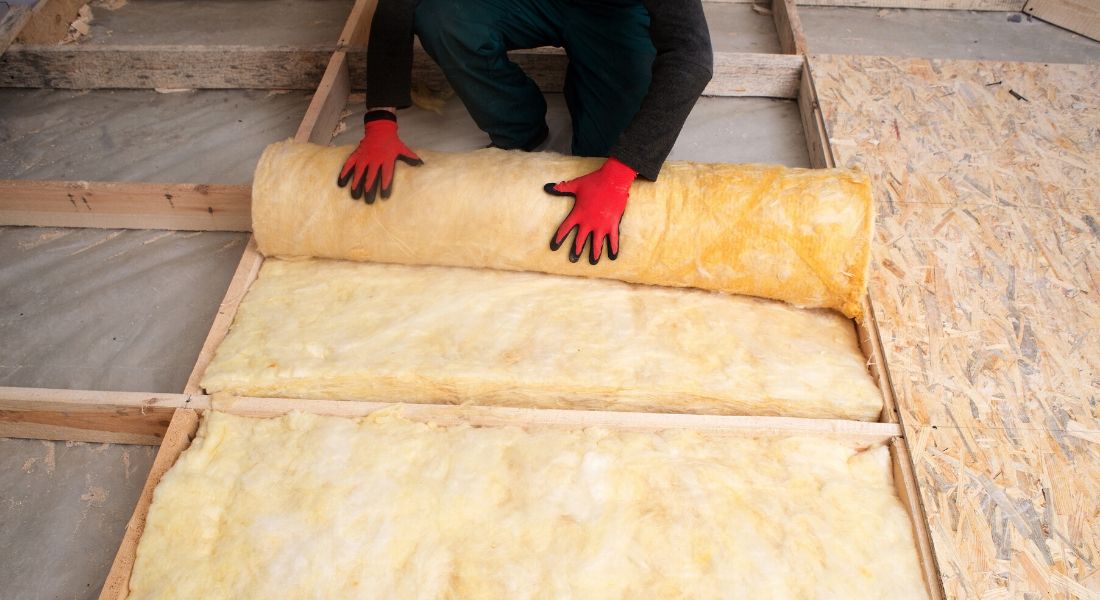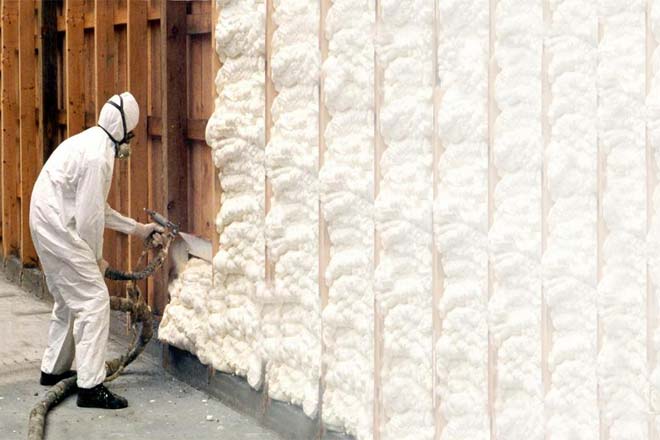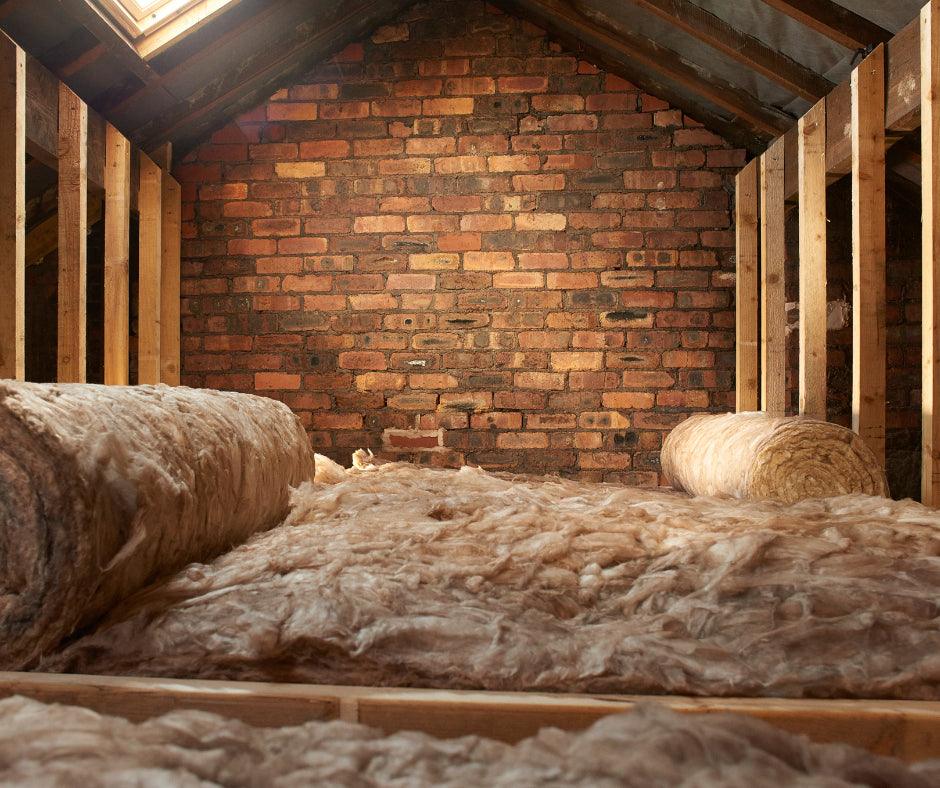Insulation is a crucial component in any building, playing a significant role in energy efficiency and comfort. Among the myriad of insulation options available, rolls of insulation stand out for their ease of installation and effectiveness. This article delves into the various types of insulation rolls, focusing particularly on the popular choices in the market, including an eco-friendly option: Recycled PET Polyester ECO Itch-Free Insulation.
1. Fiberglass Insulation Rolls
Fiberglass is perhaps the most common type of insulation. It's made from fine glass fibers and is available in rolls or batts. This material is prized for its excellent thermal and sound insulating properties. It's relatively inexpensive and easy to install, making it a popular choice for both new construction and retrofit projects. However, it's essential to handle fiberglass with care, as the tiny fibers can irritate the skin and lungs.

Fibreglass Insulation Rolls Benefits:
- Cost-Effective: Fiberglass is generally inexpensive compared to other insulation types.
- Easy to Install: Its flexibility makes it easy to fit between studs, joists, and beams.
- Good Thermal Insulation: Offers decent thermal resistance.
Fibreglass Insulation Rolls Disadvantages:
- Health Concerns: Can irritate the skin, eyes, and respiratory system.
- Settling Over Time: May lose some insulating ability as the material settles.
- Not Environmentally Friendly: Production and disposal present environmental concerns.
2. Mineral Wool Insulation Rolls
Mineral wool, also known as rock wool or slag wool, is made from natural or synthetic minerals or metal oxides. This insulation type has higher density and R-value (a measure of thermal resistance) compared to fiberglass, offering better soundproofing and fire resistance. It's particularly suitable for areas that require both insulation and sound dampening.

Mineral Wool Insulation Rolls Benefits:
- Higher R-Value: Better insulation properties compared to fiberglass.
- Fire Resistance: Naturally fire-resistant without added chemicals.
- Soundproofing: Excellent for noise reduction.
Mineral Wool Insulation Rolls Disadvantages:
- Cost: More expensive than fiberglass.
- Weight: Heavier and slightly more challenging to install.
- Potential for Irritation: Can cause skin and respiratory irritation.
3. Cellulose Insulation Rolls
Cellulose insulation is made from recycled paper products, primarily newsprint, and treated with fire retardants. It's an eco-friendly option that provides excellent thermal insulation. The material is denser than fiberglass, filling in cavities and crevices more completely, which can reduce air leakage.

Cellulose insulation Rolls Benefits:
- Eco-Friendly: Made from recycled paper products.
- Energy-Efficient: High R-value and excellent air sealing.
- Fire Retardant: Treated with fire retardants for safety.
Cellulose insulation Rolls Disadvantages:
- Settling: May settle over time, reducing effectiveness.
- Moisture Sensitivity: Can absorb moisture, leading to potential mold issues.
- Installation: Can be messier to install compared to rolls.
4. Recycled PET Polyester ECO Insulation
This innovative insulation roll is made from recycled PET (polyethylene terephthalate) plastics – think water bottles and food containers. This eco-friendly option is gaining traction for several reasons. It's itch-free, meaning it doesn't cause skin irritation like fiberglass can. It's also hypoallergenic and resistant to pests and mold. Importantly, using recycled PET reduces waste in landfills and lessens the environmental impact.
Recycled PET Polyester ECO Insulation Rolls Benefits:
- Environmentally Friendly: Made from recycled plastics.
- No Itch or Irritation: Safe for skin and respiratory system.
- Mold and Pest Resistant: Resistant to mold growth and pests.
Recycled PET Polyester ECO Insulation Rolls Disadvantages:
- Cost: Can be more expensive than traditional fiberglass.
- Availability: May not be as widely available as other types.
5. Spray Foam Insulation
While not a roll in the traditional sense, spray foam can be applied in a rolled-out manner. This insulation type expands to fill gaps and cracks, providing an airtight seal. It's available in open-cell and closed-cell varieties, with the latter offering higher R-values and moisture resistance.

Spray Foam Insulation Benefits:
- Airtight Seal: Expands to fill gaps, preventing air leaks.
- High R-Value: Closed-cell varieties offer superior insulation.
- Moisture Barrier: Provides resistance to moisture and mold.
Spray Foam Insulation Rolls Disadvantages:
- Cost: Generally more expensive than other insulation types.
- Installation: Requires professional installation.
- Chemicals: Contains chemicals that may be a concern for indoor air quality.
Conclusion
Choosing the right type of insulation roll for your project depends on various factors including thermal requirements, budget, and environmental impact. Recycled PET Polyester ECO Itch-Free Insulation is a remarkable choice for those looking for an eco-friendly, effective insulation solution. Understanding the properties and benefits of each type can help in making an informed decision that aligns with your specific insulation needs.

